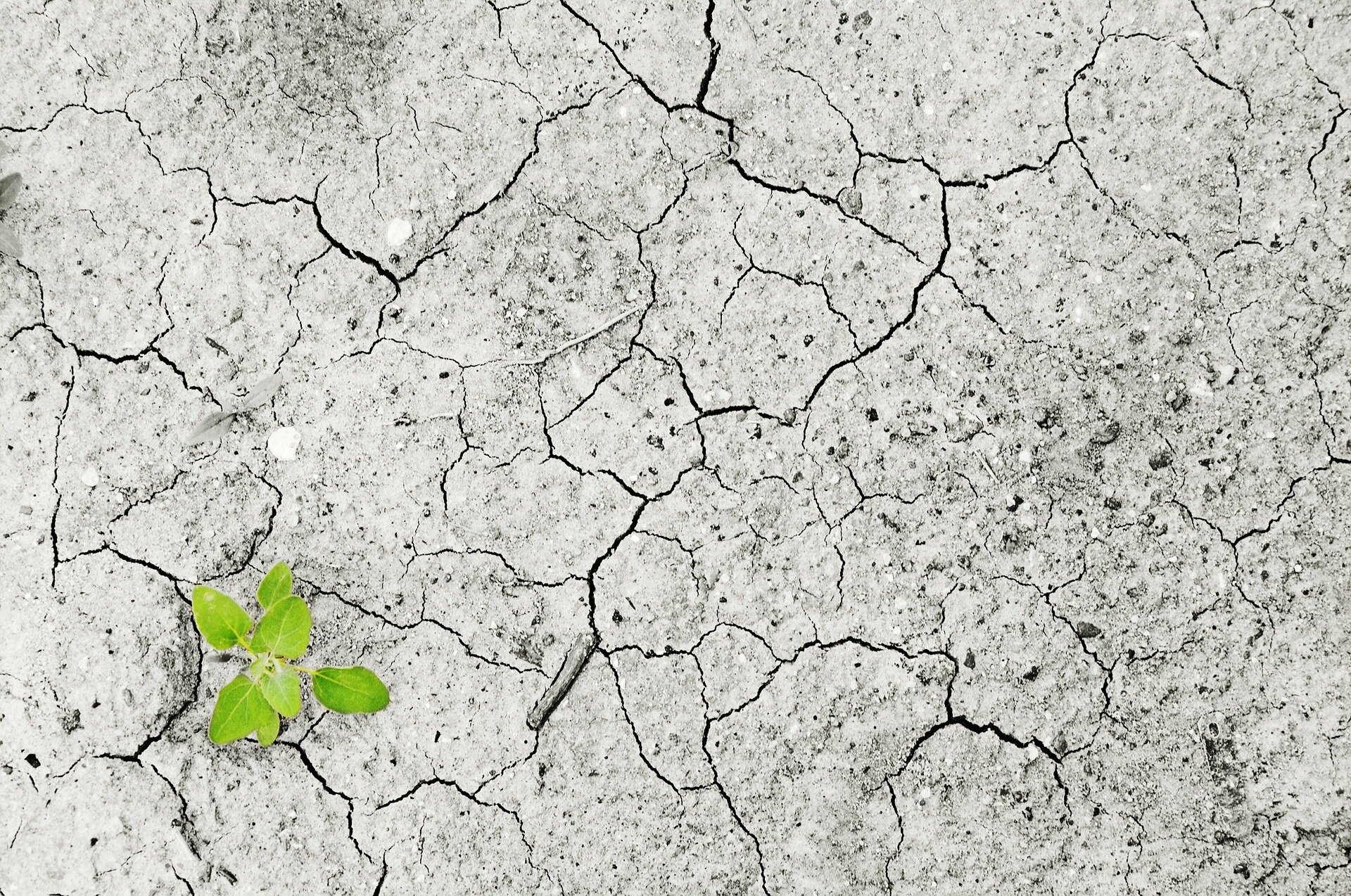- Healthy Returns: Pfizer pulls sickle cell disease drug from markets – here’s why it matters
- With Hurricane Helene disrupting travel, here’s what fliers need to know
- Tesla set to report Q3 deliveries ahead of robotaxi event
- Port strike could reignite inflation, with larger economic impact dependent on how long it lasts
- 'Who's a good boy?' Humans use dog-specific voices for better canine comprehension
What do you believe is the single most important factor driving up the cost of living in Nigeria?
An ambitious project led by scientists from the Royal Botanic Gardens, Kew, along with global partners, seeks to shed light on the planet's "plant diversity darkspots"—regions teeming with biodiversity but where geographic and taxonomic data remain incomplete, leaving scientists in the dark about the wealth of plant diversity they contain.
The study, published in the journal New Phytologist, identified 33 global plant diversity darkspots with at least 14 (44%) of these in tropical Asia. With 3 in 4 of the planet's undescribed plant species already threatened with extinction (State of the World's Plants and Fungi 2023), these new data give scientists a useful tool for determining where to prioritize plant collection and conservation in this crucial decade for halting and reversing biodiversity loss.
The study involved predicting the number of plant species per "botanical country" (countries or close equivalents) that currently remain unnamed and unmapped. The researchers then examined where these darkspots coincided with the 36 recognized "biodiversity hotspots"—regions of rich and unique flora that are also under threat—as well as how socio-political and environmental factors may impact botanical expeditions and guide future taxonomic efforts.
Dr. Samuel Pironon, Lecturer in Conservation Biology at Queen Mary University of London, Honorary Research Associate at RBG Kew, and a lead author of the paper, says, "Resources to undertake new botanical expeditions or to digitize existing collections are limited, so prioritizing collecting efforts is vital. Our study provides a flexible framework to help accelerate the documentation of global plant diversity to inform conservation actions. Knowing where there are most species remaining unnamed and unmapped, of which many are likely to be threatened, is necessary for us to meet the 2030 targets of the Global Biodiversity Framework."
In total, the work unveiled the presence of 33 darkspots: 14 of which span parts of the Asia-Tropical region, eight in South America, eight in the Asia-Temperate region, two in Africa and one in North America. Overall, Colombia, New Guinea, and China South-Central had the greatest combined descriptive and geographical data shortfalls globally, in decreasing order.
















